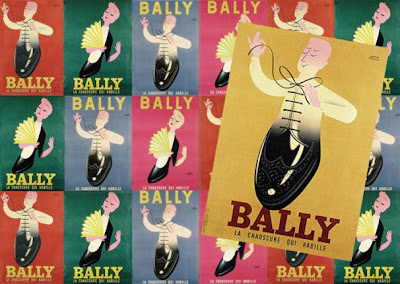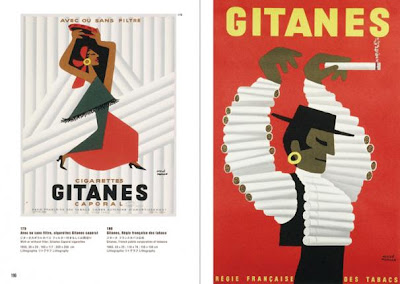The Art of Light. Photographs by László Moholy-Nagy. Edited by Hattula Moholy-Nagy. Text by Oliva María Rubio, Vicenzo Vitiello, Hubertus von Amenluxen, et al. La Fabrica, 2010. 256 pp., illustrated throughout, 8¾x10¾". Images from Amazon.
László Moholy-Nagy was a Hungarian artist, painter, photographer and thinker (born 1895) who has highly influenced generations of artists with his work and as a professor at the Bauhaus school.
At the Bauhaus Moholy-Nagy taught in such diverse medias as painting, sculpture, photography, photo-montage and metal.
He was very much influenced by constructivism (effectively moving the Bauhaus teachings from expressionism to constructivism upon becoming head of its foundation course) and "a strong advocate of the integration of technology and industry into the arts".
As many of those associated with the Bauhaus school (and also due to the fact that he was Jewish) Moholy-Nagy had to leave Germany in the 1930s. He settled in England and later in the US where he became director of the New Bauhaus and founded the School of Design in Chicago.
The book 'The Art of Light' "presents Moholy-Nagy's work in all of its glorious unity and diversity.
Including more than 200 works, from painting, photography (black and white and color) and photograms to collages, films and graphic design, it emphasizes his greatest years of productivity, from 1922 to the end of his life [1946]."
You can read more about László Moholy-Nagy here, here, here and here for example, and more from the publisher's description of this book here for example.
Also have a look at this really wonderful experimental film by László Moholy-Nagy that I've previously featured here.
First quote from ubuweb ; second quote from publisher's description.


















































